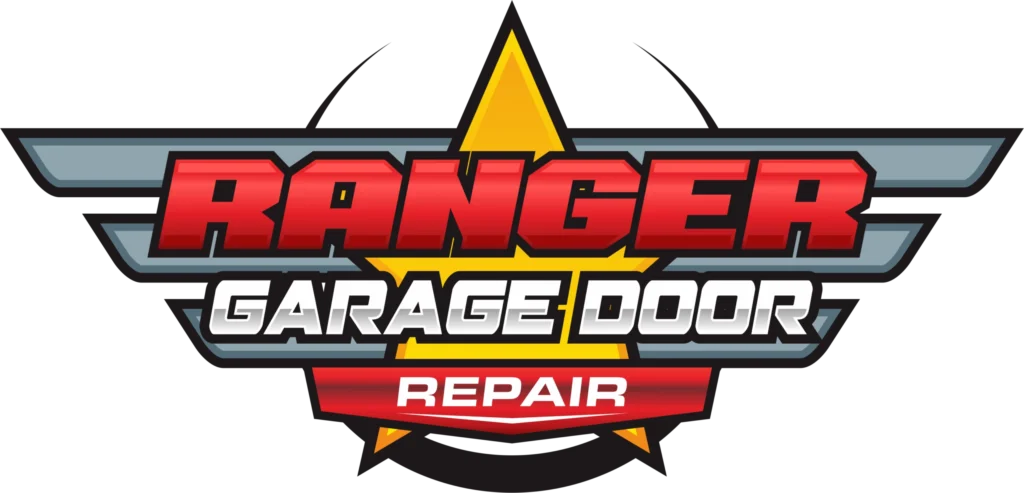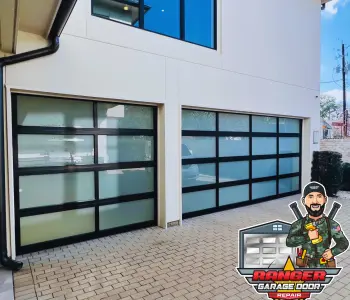How Does a Garage Door Work? A Complete Guide for Homeowners
A garage door is one of the most frequently used entry points of a home, yet many homeowners don’t fully understand how it works. Whether you’re opening it with a remote or manually lifting it, your garage door relies on a combination of mechanical and electrical components to function properly.
Understanding the basics of how your garage door system works can help you identify potential issues early, perform minor maintenance, and ensure your door operates safely and smoothly.
The Key Components of a Garage Door System
A garage door is more than just a large panel that moves up and down—it’s a system of interconnected parts that work together seamlessly. Below are the main components that make your garage door function properly:
1. Garage Door Panels
The actual garage door is made up of multiple panels that are connected with hinges. These panels move along tracks to open and close. Garage doors come in different materials, including:
✅ Steel – Durable, low-maintenance, and cost-effective
✅ Wood – Offers a classic look but requires more maintenance
✅ Aluminum – Lightweight and rust-resistant
✅ Fiberglass & Vinyl – Resistant to moisture but less durable
2. Garage Door Springs
The garage door springs are responsible for counterbalancing the heavy weight of the door, making it easy to lift manually or with an opener. There are two main types:
🔹 Torsion Springs – Located above the door and use torque to lift the door
🔹 Extension Springs – Found on the sides and stretch to help lift the door
💡 Did you know? The average garage door spring lasts between 10,000–20,000 cycles, depending on usage.
3. Garage Door Tracks & Rollers
The garage door tracks guide the door as it opens and closes. Rollers allow the door to move smoothly within the tracks. Keeping these clean and lubricated helps prevent noise and misalignment.
4. Garage Door Opener
A garage door opener is an electric motor that automates the opening and closing process. It is typically mounted on the ceiling and connected to the door via a drive mechanism. Common types include:
🔹 Chain Drive Openers – Durable but can be noisy
🔹 Belt Drive Openers – Quieter and smoother operation
🔹 Screw Drive Openers – Requires less maintenance
Most modern openers come with WiFi connectivity, remote access, and battery backup for added convenience.
5. Safety Sensors
Garage doors are equipped with photo-eye sensors to prevent accidents. These sensors use an infrared beam to detect objects in the door’s path. If an object (like a pet or child) is detected, the door automatically reverses.
💡 Tip: If your garage door won’t close, check the sensors for dust, misalignment, or obstructions.
6. Garage Door Cables
Lift cables help support the movement of the garage door. These cables work alongside the springs to control the door’s weight. Over time, cables can wear out and may need replacement to prevent sudden failures.
How Does a Garage Door Open & Close?
A garage door operates through a coordinated effort between its opener, springs, and tracks. Here’s a step-by-step breakdown of how it works:
1️⃣ You press the remote or wall switch.
2️⃣ The garage door opener motor activates, sending a signal to move the door.
3️⃣ The springs counterbalance the weight, reducing strain on the motor.
4️⃣ The rollers glide along the tracks, guiding the door smoothly.
5️⃣ The door fully opens, and safety sensors ensure nothing is obstructing the pathway.
6️⃣ To close, the process happens in reverse, with the safety sensors preventing accidents.
Common Garage Door Issues & How to Prevent Them
Even with proper use, garage doors can develop wear and tear over time. Here are some common issues and simple maintenance tips to keep your garage door in top shape:
1. The Garage Door Won’t Open or Close
🔹 Possible Causes: Dead remote batteries, misaligned sensors, or a faulty opener.
🔹 Solution: Check batteries, clean sensors, and reset the opener.
2. Noisy Garage Door (Grinding or Squeaking Sounds)
🔹 Possible Causes: Dry rollers, loose hardware, or misaligned tracks.
🔹 Solution: Lubricate rollers and tighten loose screws.
3. Garage Door Moves Unevenly or Gets Stuck
🔹 Possible Causes: Broken springs, worn-out cables, or track obstructions.
🔹 Solution: Inspect for visible damage and call a garage door technician if needed.
4. The Garage Door Closes Too Fast
🔹 Possible Causes: Broken torsion springs or snapped cables.
🔹 Solution: Do NOT attempt to fix this yourself! Call a professional for garage door spring replacement.
Why Regular Garage Door Maintenance is Important
Routine maintenance extends the life of your garage door and prevents costly repairs. Here’s a quick checklist to keep your garage door working smoothly:
✔ Lubricate moving parts (springs, rollers, hinges) every 6 months
✔ Inspect the balance of your garage door by manually lifting it halfway
✔ Check safety sensors and ensure the beam is not obstructed
✔ Test the garage door opener battery backup
✔ Tighten loose bolts and screws to prevent wear
💡 Pro Tip: Schedule a garage door tune-up once a year with a professional to catch potential problems early!
Need Help with Your Garage Door? Contact Ranger Garage Door Repair!
Whether you need garage door repair, spring replacement, opener installation, or maintenance, Ranger Garage Door Repair is here to help. Our expert technicians ensure your garage door operates safely, smoothly, and efficiently.
At Ranger Garage Door Repair in Houston, TX & the surrounding areas we specialize in garage door repair and replacement.
Contact us today at
832-691-5565 for reliable and fast service.
If your garage door needs repair and you don’t have any garage door repair experience, we suggest calling Ranger Garage Door Repair. Call us now at 832-691-5565.
https://maps.app.goo.gl/YWWdSBo2tH7RKVEj7
https://www.youtube.com/@RangerGarageDoorRepairTX
📞 Call us today for a estimate!
📍 Serving Houston & surrounding areas.



